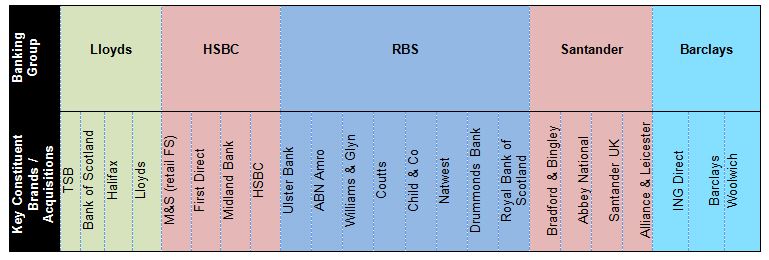You’ve managed to agree the deal; all that’s left is to sign the documents. That’s the easy bit, correct? So you might think, but it is important to be careful not to slip up at this final stage, particularly when contracting with foreign entities and considering using electronic signatures.
Which law applies when contracting with overseas entities?
In the recent case of Integral Petroleum SA v Scu-Finanz AG [2015] EWCA Civ 144 the English Court of Appeal considered whether a supply contract governed by English law and entered into by two Swiss oil companies was binding. The defendant successfully argued that the contract was not binding as it had been signed only by one representative of the Swiss company, rather than two representatives, as required by Swiss law.
The judgment was surprising for many who may have expected English law to have been applied pursuant to the Rome I Regulation, which provides that the chosen governing law should determine matters of “formal validity”. The Court dismissed this argument, however, on the basis that the issue was not one of “formal validity”, but rather one of capacity and so covered by common law. This meant that the question of capacity was therefore governed by the law of the country of incorporation of the country, rather than English law.
This case highlights the importance of checking the requirements of the law of the country of incorporation when entering into contracts with overseas entities.
Is electronic signature sufficient?
Electronic signatures can take a wide range of forms, such as:
- the signatory typing his/her name into an electronic document;
- a scanned handwritten signature;
- clicking an icon on a website to confirm an order;
- electronic signatures which use cryptography technology; or
- electronic signatures certified by a certification authority.
Whichever form the electronic signature takes, to be effective under English law, it must demonstrate that the signatory intended to be bound by the terms and to authenticate the document. It is the function that is important, not the form of the signature; however, note that the evidential weight given to a certified electronic signature is likely to carry greater evidential weight than the signatory simply typing his/her name.
Although the general rule under English law is that a contract does not need to be in a particular form to be binding, some statutes require that, to be enforceable, certain types of contract must be signed (e.g. guarantees, assignment of certain intellectual property rights and transfer of certified shares) or entered into as a deed (e.g. leases, powers of attorney and appointment of trustees). Is electronic signature sufficient for these, or is the old fashioned pen and paper still required?
(Note also that in some circumstances a document signed by hand might be required for the purposes of registration, for example, registration of the transfer of land with the Land Registry.)
Electronic signature where there is a statutory requirement for signature
English case law and an advisory paper of the Law Commission appear to take the function over form approach, suggesting that electronic signature would be sufficient where there is a statutory requirement for a document to be signed, however, the English government’s approach to legislating in this area means there remains some uncertainty. The UK Electronic Communications Act 2000 gave ministers the power to modify statutory provisions to authorize the use of electronic signature (amongst other things). The government has taken a piecemeal approach to this, bringing in a number of statutory instruments which apply only in certain situations.
Where there is a statutory requirement under English law for signature, if in doubt as to effectiveness of electronic signature, it remains safest to sign documents in the traditional way.
Electronic signature for deeds
Under English law, a deed must be:
- in writing;
- clear that it is intended to be a deed;
- validly executed; and
- delivered.
The method often used for execution of deeds is for parties print and sign the execution page of a deed by hand and then deliver a PDF copy of the executed deed to the other side electronically. Whilst this method is widely accepted as creating a validly executed deed, there is a lack of certainty around validity of electronic execution of deeds that does not involve signing a hard copy by hand.
To be validly executed, the signature must be witnessed by an individual who attests the signature as part of the same physical document, or alternatively, in the case of a company, signed by two authorized signatories on, it is considered by some, the same counterpart. It is not yet clear from statute or case law whether under English law deeds can be validly executed electronically and, in any event, parties may face practical difficulties satisfying the attestation requirement or having both authorized signatories signing the same electronic document.
The remaining uncertainty around the validity of execution of deeds electronically as well as the practicalities mean that it remains preferable to execute deeds by hand in the traditional way.
 Sourcing Speak
Sourcing Speak



